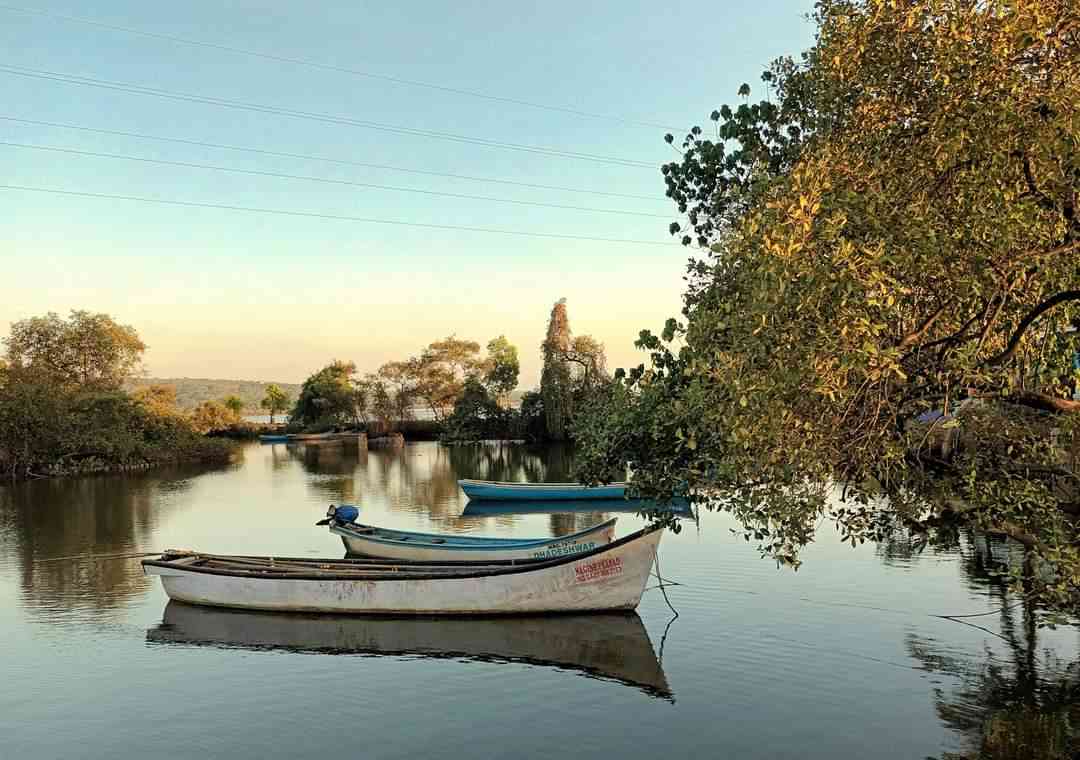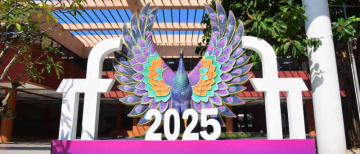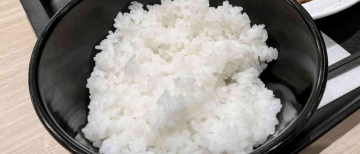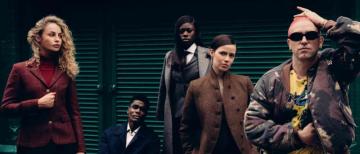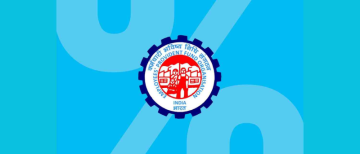The convenience of Canoes.
Millennia ago, with barely a few major roads, only a few people could travel long distances the way we do today. Just seems surreal!
So how did they travel?
They did not really - except a few kilometers around their village maybe to other villages on foot. The villages were like communes or republics, where people were self-sufficient and content!
But if they traveled further, they used the river/rivulets and the canoe was their main vehicle. It was the oldest form of water transportation.
Canoes were an ancient mode of transportation in the days of our forefathers, and these canoes were light but strong as they moved through the huge network of Goa’s rivers and tributaries.
Goa has many small islands like Divar, Chorao, San Jacinto, Cumbarjua, and Vanxim, and rivers run through Aldona, Moira, and pretty much a whole lot of villages in the North/South too.
Special professionals from the village paddled travelers or transported goods around. They were skillful and experienced for at times they had to tackle the wind and waves from currents too; for that, they had special paddle strokes. They stirred these narrow long boats with sharp ends and curved sides swiftly through deep or shallow waters using just a long stick or an oar, for in Goa, the course of the rivers (baring - the upper course) is not natural, but our ancestors built these intricate khazan land ecosystem and so have an estuarine environment.
Canoes were used by fishermen too, to reach remote fishing spots in the mangroves and backwaters.
One can often see two anglers fishing, one paddling and stabilizing the canoe while the other is busy – fishing, casting a net, or collecting their fish trap cages.
Here are several canoes used for fishing. Goa used to have thousands of canoes in the past all made right here, for timber, cashew oil, grease, tar, wooden pegs were easily available. And it is not easy to create a canoe! The wooden planks are cut into a shape, oiled, and kept to be bent even further to take their shape. That technicality I will leave it to the experts.
Many temples and later Churches were built facing the river in a quiet meditative spot. I guess it was easy for the people to visit these places of worship of their favorite deity or patron/patroness by boat before the roadways improved and bullock carts appeared!
Thereafter, a palanquin would await to take the elite to their desired destination!
This picture gives you a feeling of the convenience of Canoes. (Part of our glorious past).
Millennia ago, with barely a few major roads, only a few people could travel long distances the way we do today. Just seems surreal!
So how did they travel?
They did not really - except a few kilometers around their village maybe to other villages on foot. The villages were like communes or republics, where people were self-sufficient and content!
But if they traveled further, they used the river/rivulets and the canoe was their main vehicle. It was the oldest form of water transportation.
Canoes were an ancient mode of transportation in the days of our forefathers, and these canoes were light but firm as they moved through the huge network of Goa’s rivers and tributaries.
Goa has many small islands like Divar, Chorao, San Jacinto, Cumbarjua, and Vanxim, and rivers run through Aldona, Moira, and pretty much a whole lot of villages in the North/South too.
Special professionals from the village paddled travelers or transported goods around. They were skillful and experienced for at times they had to tackle the wind and waves from currents too; for that, they had special paddle strokes. They stirred these narrow long boats with sharp ends and curved sides swiftly through deep or shallow waters using just a long stick or an oar, for in Goa, the course of the rivers (baring - the upper course) is not natural, but our ancestors built these intricate khazan land ecosystem and so have an estuarine environment.
Canoes were used by fishermen too, to reach remote fishing spots in the mangroves and backwaters.
One can often see two anglers fishing, one paddling and stabilizing the canoe while the other is busy – fishing, casting a net, or collecting their fish trap cages.
Here are several canoes used for fishing. Goa used to have thousands of canoes in the past all made right here, for timber, cashew oil, grease, tar, wooden pegs were easily available. And it is not easy to create a canoe! The wooden planks are cut into a shape, oiled, and kept to be bent even further to take their shape. That technicality I will leave it to the experts.
Many temples and later Churches were built facing the river in a quiet meditative spot. I guess it was easy for the people to visit these places of worship of their favorite deity or patron/patroness by boat before the roadways improved and bullock carts appeared!
Thereafter, a palanquin would await to take the elite to their desired destination!
This picture gives you a feeling of how quiet life used to once be! (Near Old Goa)
www.claricevaz.com How quiet life used to once be! (Near Old Goa)
Content Credits& Pic Credits: Clarice Vaz
www.claricevaz.com

